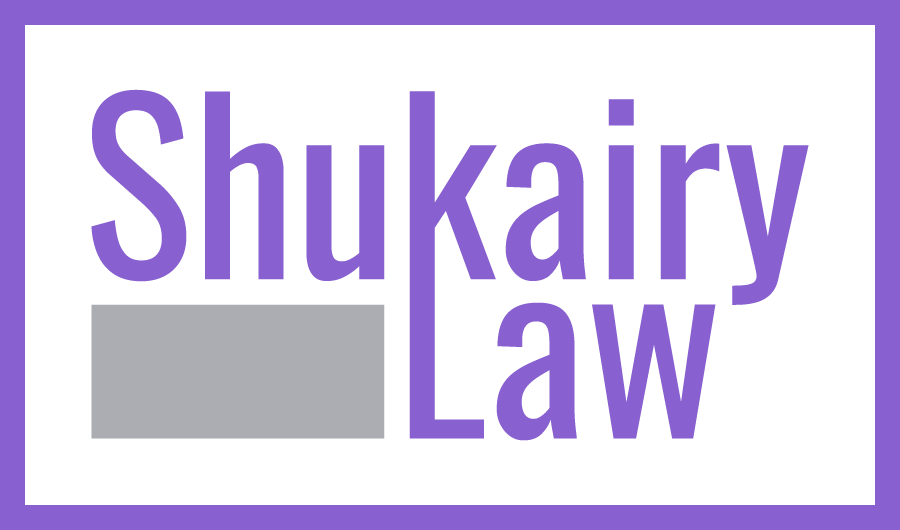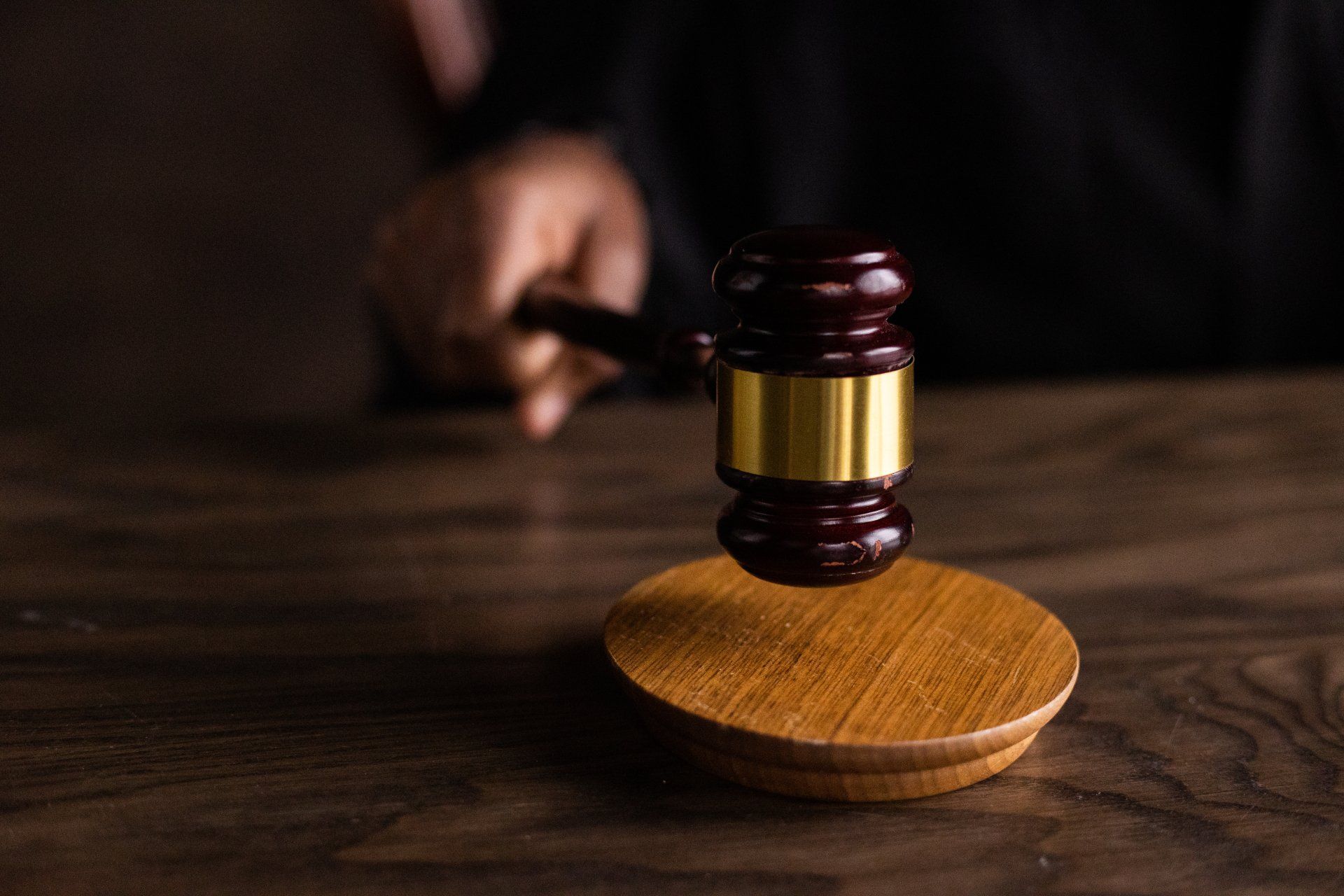What Does 'Reasonable Doubt' Mean?
The phrase “reasonable doubt” is often heard in the criminal law context. The words “reasonable” and “doubt” are ordinary and easy to understand. Yet when combined in the legal phrase “reasonable doubt”, the resulting expression does not have an ordinary meaning and it is an error on the part of the trier of fact to understand in its ordinary meaning. The concept of reasonable doubt is inextricably linked to the most fundamental principal in the criminal justice system which is the presumption of innocence. Thus, it is extremely important to really understand this concept.
Burden Of Proof
In criminal law, an accused person is presumed innocent until proven guilty. The burden of proof is on the Crown: the Crown must prove the accused’s guilt beyond a reasonable doubt and that burden never shifts. The standard of proof beyond a reasonable doubt is higher than the standard of proof in civil actions which is proof on a balance of probabilities.
R . v. Lifchus , [1997] 3 SCR 320
In the case of
R . v.
Lifchus , [1997] 3 SCR 320, the Supreme Court of Canada explained and defined the concept of reasonable doubt. In its discussion of that concept the Court states that a reasonable doubt cannot be based on sympathy or prejudice and must not be imaginary or frivolous. The Crown is not required to prove its case to an absolute certainty since such an unrealistically high standard could seldom be achieved (
Lifchus , par. 31). Proof establishing a probability of guilt is also not sufficient to establish guilt beyond a reasonable doubt (
Lifchus , par. 32). A reasonable doubt is based upon reason and common sense. It is logically connected to the evidence or absence of evidence (
Lifchus , par. 36).
Summary from Supreme Court of Canada
In its own words, the Supreme Court of Canada summarized the concept of reasonable doubt as follows ( Lifchus , paras. 36, 37):
- 36 […]* the standard of proof beyond a reasonable doubt is inextricably intertwined with that principle fundamental to all criminal trials, the presumption of innocence;
- the burden of proof rests on the prosecution throughout the trial and never shifts to the accused;
- a reasonable doubt is not a doubt based upon sympathy or prejudice;
- rather, it is based upon reason and common sense;
- it is logically connected to the evidence or absence of evidence;
- it does not involve proof to an absolute certainty; it is not proof beyond any doubt nor is it an imaginary or frivolous doubt; and
- more is required than proof that the accused is probably guilty ‑‑ a jury which concludes only that the accused is probably guilty must acquit.
- 37 On the other hand, certain references to the required standard of proof should be avoided. For example:
- describing the term “reasonable doubt” as an ordinary expression which has no special meaning in the criminal law context;
- inviting jurors to apply to the task before them the same standard of proof that they apply to important, or even the most important, decisions in their own lives;
- equating proof “beyond a reasonable doubt” to proof “to a moral certainty”;
- qualifying the word “doubt” with adjectives other than “reasonable”, such as “serious”, “substantial” or “haunting”, which may mislead the jury; and
- instructing jurors that they may convict if they are “sure” that the accused is guilty, before providing them with a proper definition as to the meaning of the words “beyond a reasonable doubt”.
To read the full Lifchus decision, please visit the following link: https://scc-csc.lexum.com/scc-csc/scc-csc/en/item/1543/index.do
You can also find other Supreme Court decisions on the Supreme Court website:
https://scc-csc.lexum.com/scc-csc/scc-csc/en/nav_date.do
Assessing Credibility And Proof Beyond A Reasonable Doubt In A Criminal Trial
The standard of proof in criminal trials is proof beyond a reasonable doubt. This is a high standard of proof and much higher than the civil standard of proof on a balance of probabilities.
Competing Narratives
In criminal cases, the issue for the trier of fact (judge alone or judge and jury) is whether the evidence adduced, taken as a whole, establishes the guilt of the person charged beyond a reasonable doubt. Of particular importance in cases in which the evidence reveals two (or more) competing narratives, the trier of fact must not decide the case simply by choosing between the narratives presented. To do so would not be faithful to the burden and dilute the standard of proof. ( R . v. Debassige , 2021 ONCA 0484, par. 126, thereafter referred to as Debassige ).
So if the trier of fact is not supposed to be choosing between different narratives, how should a trier of fact determine the guilt or innocence of an accused person?
The leading case on this issue is the Supreme Court Case of R. v. W.(D.) , [1991] 1 S.C.R. 742 ( referred to hereafter as W.D. ). In W.D. , the Supreme Court set out a series of three steps to ensure that a trier of fact remained focused on the principle of reasonable doubt where confronted with conflicting versions of relevant events ( Debassige , par. 127).
The three W.D. steps are stated as follows:
- If the trier of fact believes the evidence of the accused, the trier of fact must acquit.
- If the trier of fact does not believe the testimony of the accused but is left in reasonable doubt by it, the trier of fact must acquit.
- Even if the trier of fact is not left in doubt by the evidence of the accused, the trier of fact must ask him/herself whether, on the basis of the evidence which s/he does accept, s/he is convinced beyond a reasonable doubt by that evidence of the guilt of the accused.
Common Ground
A common ground of appeal regarding the application of the W.D. test is that the test was not properly stated to the trier of fact. In other words, in a jury case, that the test was not stated to the jury in the exact terms in which it was stated in the case of W.D. by the Supreme Court. In the case of a judge alone trial, the same complaint arises in that in his /her decision, the judge, when referring to W.D. , did not express the test as it was expressed by the Supreme Court. Yet in several cases about the W.D. test, courts have been clear that it is not necessary for the test to be expressed word by word as it was expressed in the W.D. decision. The Ontario Court of Appeal recently made that reminder in the case of Debassige and stated at par. 127 that:
From W.(D.) itself and myriad decisions following its lead, it is clear that the steps need not be rigidly expressed by a judicial trier of fact, nor articulated in exactly the way that W.(D.) suggests to a lay trier of fact: W.(D.) , at p. 758; R . v. S. (W.D.) , [1994] 3 S.C.R. 521, at p. 533; and C.L.Y. , at para. 7. [Emphasis added]
The Court in Debassige explained at par. 129 that what is critical is not so much whether the precise formula proposed in W.(D.) has been faithfully uttered in final instructions to the jury, but rather whether the jury has been properly informed on the burden and standard of proof they are to apply in deciding whether the Crown has proven the essential elements of the offence charged beyond a reasonable doubt [Emphasis added].
How should a trier of fact decide the accused’s guilt or innocence?
So if the statement of the test is not what matters here, how should a trier of fact decide the accused’s guilt or innocence? That determination must be based on the whole of the evidence and whether it leaves the trier of fact with a reasonable doubt as to the guilt of the accused. In other words, the determination of guilt must be based not just on the competing narratives but on the totality of the evidence presented to the trier of fact. One of the narratives presented at trial might sound more compelling than the other and yet when considered with the rest of the evidence it could still leave the trier of fact with a reasonable doubt. In that case the trier of fact must acquit the accused. In the Court of Appeal’s own words in Debassige :
[130] The principles expressed in the W.(D.) formula underscore the relationship between credibility and reasonable doubt. They make it clear that reasonable doubt applies to credibility. In a jury instruction, this relationship must be explained. From what is said or left unsaid a jury must not be left with the impression or understanding that they are to decide the case according to their preference of the competing versions advanced in the evidence. Instead, the jury must understand that their verdict must be based on whether, on the whole of the evidence, they are left with a reasonable doubt about the guilt of the person charged. [Emphasis added]

About The Author
Maya Shukairy is a criminal defence lawyer based in Ottawa, Ontario. Before becoming a criminal defence lawyer, she worked in a Crown’s Office gaining experience working as a Crown prosecutor. Maya offers her services in English, French and Arabic. Shukairy Law has affordable rates and accepts Legal Aid certificates.
Find this post informative?
Share it with your friends and family.
CAUTION: the information on this page does not constitute legal advice and is NOT a substitute for legal advice. To obtain legal advice please refer to a lawyer. If you do not have a lawyer and you are seeking legal advice, you may contact us at (613) 670-5819.
Take a look at a few other posts...



